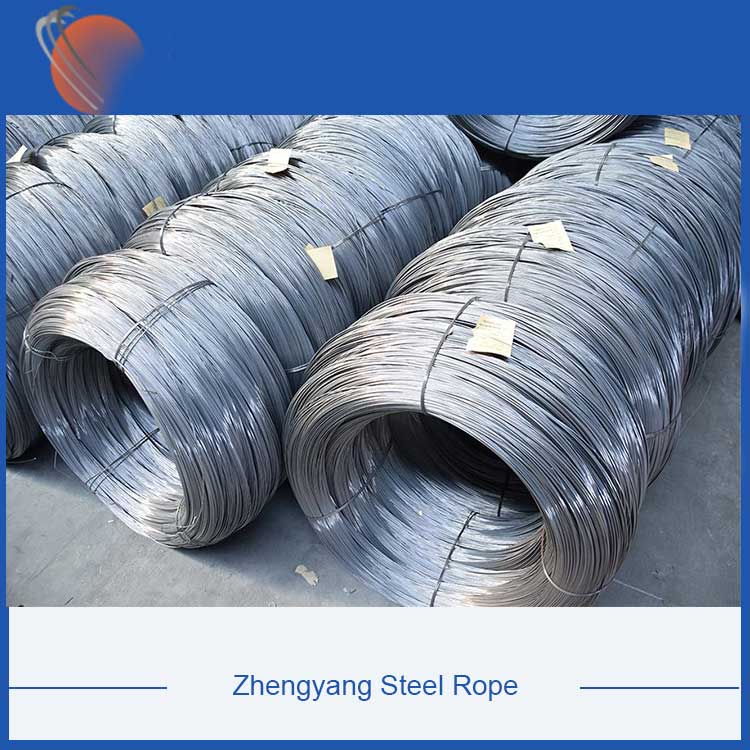Characteristics of high carbon steel wire
2023-11-15
High carbon steel wire is a type of steel wire that contains a higher percentage of carbon than low or medium carbon steels. The increased carbon content provides enhanced strength, hardness, and wear resistance, making high carbon steel wire suitable for various industrial applications. High carbon steel wire is commonly used in manufacturing processes such as wire drawing, forming, and cold-heading. Here are key features and characteristics of high carbon steel wire:
1. Composition:
- High carbon steel wire typically contains carbon in the range of 0.60% to 1.00%. The higher carbon content contributes to the material's strength and hardness.
2. Strength and Toughness:
- High carbon steel wire is known for its high tensile strength, which makes it suitable for applications where strength and durability are essential. However, it may be less ductile than lower carbon steels.
3. Hardness:
- The increased carbon content results in greater hardness in high carbon steel wire. This characteristic is advantageous in applications where wear resistance and hardness are critical.
4. Applications:
- High carbon steel wire finds applications in a variety of industries, including automotive, construction, manufacturing, and agriculture. Common uses include springs, wire ropes, tire reinforcement, fasteners, and various types of wire products.
5. Wire Drawing:
- High carbon steel wire is often used in the wire drawing process, where the wire is progressively reduced in diameter through a series of dies. This process enhances the wire's mechanical properties.
6. Heat Treatment:
- High carbon steel wire can undergo heat treatment processes such as quenching and tempering to achieve specific mechanical properties. Heat treatment can modify the material's hardness, toughness, and strength.
7. Machinability:
- Machining high carbon steel can be challenging due to its hardness. Specialized tools and machining processes may be required for precision work.
8. Coatings:
- To enhance corrosion resistance and provide additional protection, high carbon steel wire may be coated with zinc, galvanized, or subjected to other surface treatments.
9. Wire Forms:
- High carbon steel wire is available in various forms, including round wire, flat wire, and shaped wire, to meet the diverse requirements of different applications.
10. Spring Applications:
- Due to its high strength and resilience, high carbon steel wire is often used in the production of springs, including compression springs, extension springs, and torsion springs.
11. Tensile Strength:
- High carbon steel wire has a higher tensile strength compared to lower carbon steels, making it suitable for applications that require a material capable of withstanding heavy loads and stresses.
12. Drawn Wire Products:
- The wire drawing process is commonly used to produce high carbon steel wire in various sizes and diameters for specific applications.
It's important to note that while high carbon steel wire offers advantages in terms of strength and hardness, it may also be more susceptible to brittleness. Careful consideration of material properties and application requirements is crucial to ensure optimal performance and safety in specific use cases.



